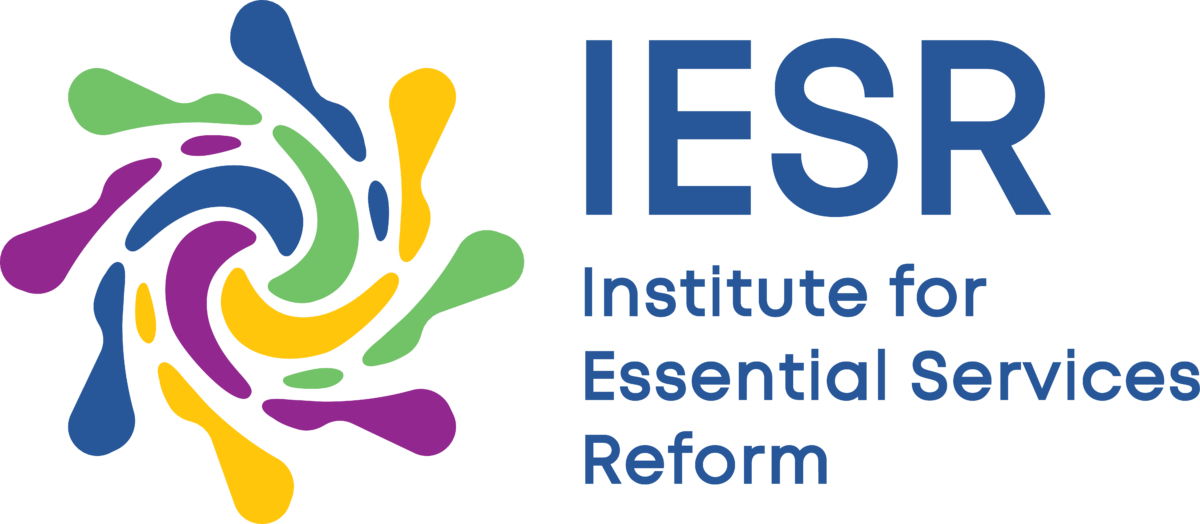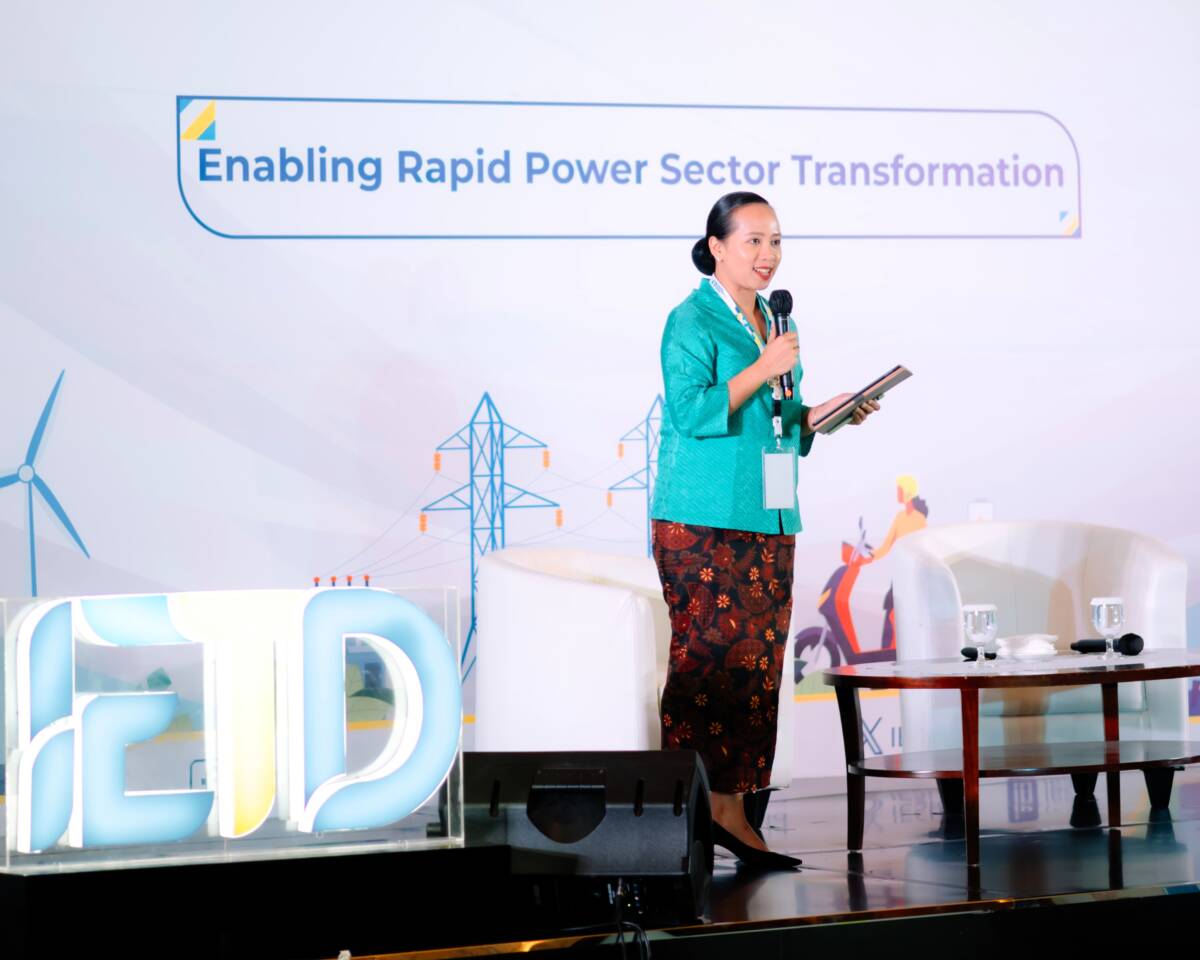Jakarta, October 27, 2025 — The Southeast Asia Energy Transition Collaborative Network (SETC) urges ASEAN leaders to follow up on the outcomes of the 43rd ASEAN Ministers on Energy Meeting (AMEM) with concrete initiatives at the upcoming ASEAN Summit 2025.
In the Regional Dialogue, “Realizing the ASEAN Vision 2045: From Vision to Implementation Through the Southeast Asia Energy Transformative Initiative (SEA-ETI) Agenda,” held in Kuala Lumpur, Malaysia, on September 17–18, 2025, SETC emphasized the importance of accelerating the implementation of SEA-ETI. The network reaffirmed the shared view with ASEAN stakeholders that to achieve the long-term goals of decarbonization and energy transition, high-level policy commitments must be followed up with real, bankable, and inclusive initiatives.
Under Malaysia’s leadership with the theme “Strengthening ASEAN: Connecting Borders, Building Prosperity,” the 43rd AMEM marked a significant milestone in ASEAN’s collective journey toward energy integration and decarbonization.
The ministers agreed on the updated Memorandum of Understanding for the ASEAN Power Grid (APG), launched the APG Financing Initiative with the Asian Development Bank and the World Bank, approved the Submarine Cable Development Framework, and refined the ASEAN Plan of Action for Energy Cooperation (APAEC) 2026–2030, which targets 45% renewable energy capacity and a 40% reduction in energy intensity by 2030.
SETC welcomes this step as an important foundation toward a more connected and resilient ASEAN energy system. However, SETC also stressed that inter-country connectivity is not the end goal. Regional energy cooperation must advance, moving from simply being connected to being competitive and providing a real impact on industries and communities.
“The 43rd AMEM Joint Statement shows that ASEAN can build important frameworks like power grids, financing schemes, and cross-border energy trade. However, the next stage is no longer just ‘building frameworks,’ but producing real change,” said Marlistya Citraningrum, Acting Head of the SETC Secretariat.
“Energy transition must not remain merely a technical agenda. It must evolve into a new economic and social narrative for the region, namely by fostering jobs, attracting investment, and strengthening energy sovereignty amid global uncertainty.”
The AMEM outcomes, especially the APG Financing Initiative and the Submarine Cable Framework, reflect ASEAN’s most comprehensive institutional effort to link energy security with clean energy integration. These initiatives are an important step to unlock multilateral electricity trade, facilitate the cross-border flow of renewable electricity, and reduce dependence on fossil fuels through an integrated grid and more secure investment mechanisms. SETC sees these achievements as a crucial foundation, but stresses that ASEAN needs to go further, moving from building connectivity (hardware) to transforming aligned and inclusive policies, incentives, and financing (software).
“Malaysia’s leadership succeeded in positioning ASEAN as a cross-border bridge through the Power Grid Initiative (APG) and financing schemes,” said Nora Yusma Yusoff, Director of the Institute of Energy Policy and Research (IEPRe) at UNITEN, Malaysia, and a SETC partner.
“The next step is to ensure this framework can attract real investment and open up industrial opportunities at the regional level. Energy transition must become ASEAN’s new engine of competitiveness, not just connectivity.”
Earlier this year, SETC developed the Southeast Asia Energy Transformation Initiative (SEA-ETI), a regional policy framework that offers a practical path for ASEAN to accelerate clean energy deployment, expand manufacturing capacity, and strengthen green financing.
SEA-ETI is based on ASEAN’s strategic direction to accelerate the region’s energy transformation, by building an integrated approach through four interconnected pillars: accelerating clean energy deployment and grid integration; positioning Southeast Asia as a clean energy manufacturing and trade hub; strengthening investment mechanisms and green financing; and enhancing policy coordination and workforce development.
This agenda reflects a growing awareness that decarbonization and industrial transformation in ASEAN must go hand in hand. With regional energy demand continually increasing by 3–4% per year and fossil fuels still dominating over 80% of supply, the main challenge for the region is not a lack of ambition, but fragmented implementation.
In line with this, SETC’s analysis highlights five priority actions that ASEAN Leaders can adopt at the ASEAN Summit 2025 to sustain the AMEM momentum and integrate SEA-ETI into the region’s economic and political architecture:
- Launch an ASEAN Green Investment Platform in 2026 to transform the ASEAN Power Grid Financing Initiative (APGF) into a regional platform for bankable clean energy projects aligned with the ASEAN Green Taxonomy.
- Establish an ASEAN Just Energy Transition Partnership (ASEAN-JETP) by combining the experience of Indonesia and Vietnam in the JETP to accelerate the early retirement of coal-fired power plants (CFPPs), expand renewable energy, and upskill the workforce.
- Accelerate the Integration of the ASEAN Power Grid and Submarine Cables by evolving the AMEM framework into a multilateral electricity trading platform that allows countries like Laos and Vietnam to export renewable electricity, enhancing grid reliability and saving over USD 1 billion per year. This initiative has the potential to attract up to USD 21 billion in investment between 2026–2030.
- Implement an ASEAN Clean Energy Workforce and Industry Strategy through an ASEAN Clean Energy Workforce Initiative and the development of Green Industry Corridors, which integrate renewable energy access, logistics infrastructure, and cross-border vocational training to support the region’s industrial readiness.
- Institutionalize a Sustained ASEAN Green Transition Agenda by building a Chair-to-Chair mechanism or rolling flagship agenda to ensure energy transition policies continue across leadership periods, starting with the Philippines’ Chairmanship in 2026.
SETC also calls for closer coordination between the ASEAN Centre for Energy (ACE), research networks, and civil society to bridge policy with on-the-ground practice. With its mandate now including the implementation of the APG, APGF, and APAEC, ACE serves as the main anchor for public-private partnerships and regional research, collaboration, and development initiatives that can translate AMEM outcomes into tangible local impact.
Since its establishment in August 2024, SETC, initiated by the Institute for Essential Services Reform (IESR), has actively led various high-level meetings and collaborative dialogues with representatives from ASEAN countries. These activities involve representatives from Jakarta and Bali (Indonesia), Kuala Lumpur and Putrajaya (Malaysia), Manila (Philippines), Bangkok (Thailand), and Singapore, in an effort to strengthen ASEAN’s collective commitment to accelerate the energy transition in the region.
These sustained efforts demonstrate a deep alignment between SETC’s initiatives and the shared goals of ASEAN under AMEM and the ASEAN Vision 2045. They also affirm the network’s commitment to strengthening regional collaboration, aligning policies, and building implementable investment pathways. In this way, Southeast Asia’s energy transformation can be fair, competitive, and inclusive for all member states.
“The region’s strength lies in the diversity of its resources, economies, and institutions,” said Citraningrum. “To make the energy transition inclusive, ASEAN needs not only megawatts but also mechanisms, so that communities, MSMEs (Micro, Small, and Medium Enterprises), and women in the energy sector can participate in and benefit from this transformation.”
The ASEAN Leaders’ Summit 2025 under Malaysia’s leadership is a historic moment to unite the energy, economic, and justice agendas into one transformative vision. By adopting the recommendations of the Southeast Asia Energy Transformation Initiative (SEA-ETI) as a cross-sectoral outcome within the Summit’s Priority Economic Deliverables, ASEAN can send a clear message that Southeast Asia’s energy future will be built through regional ownership, strategic coordination, and the principles of a just transition.

